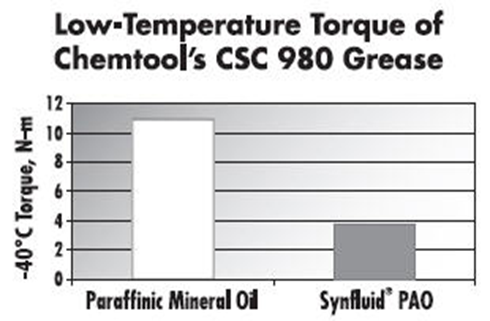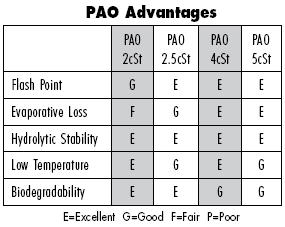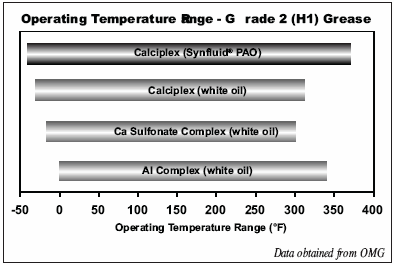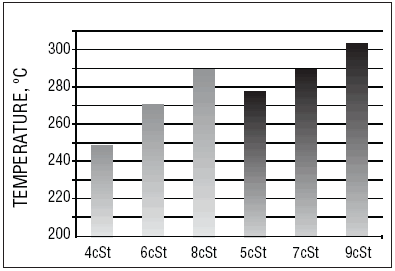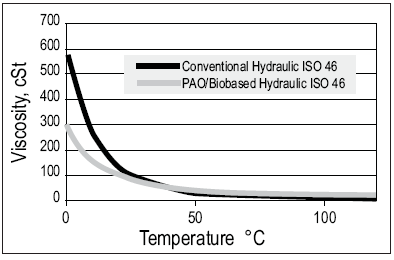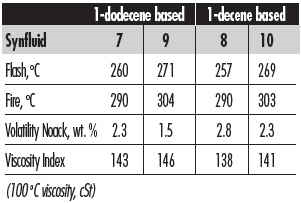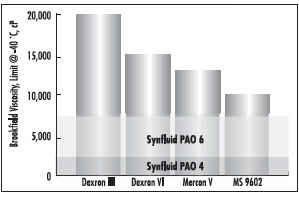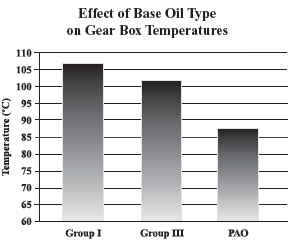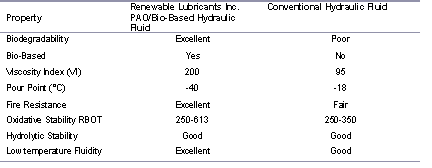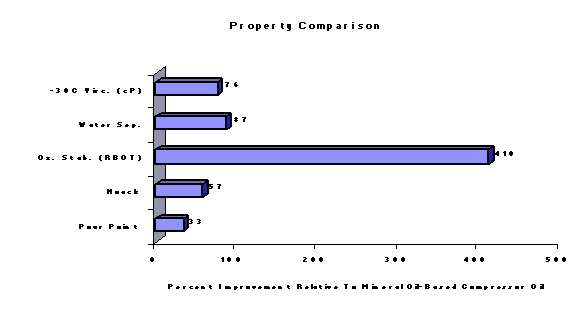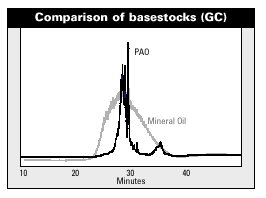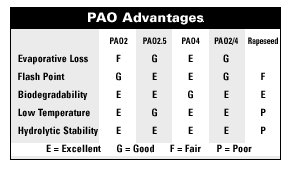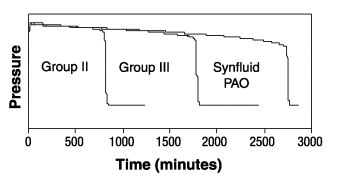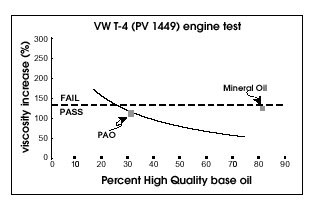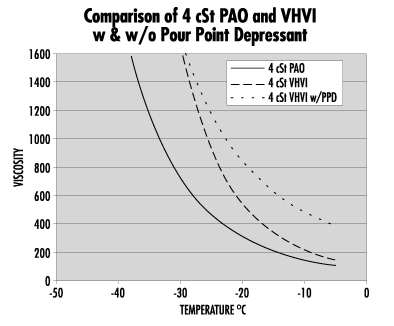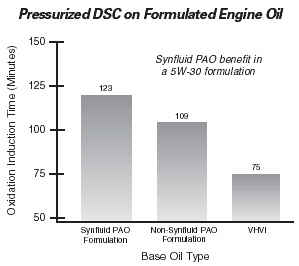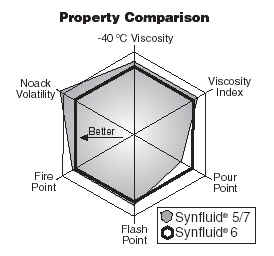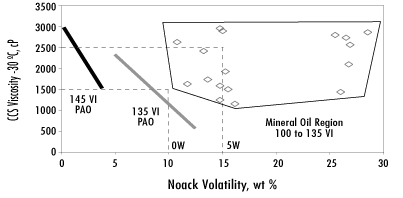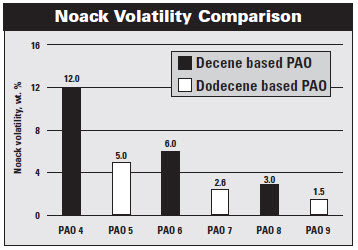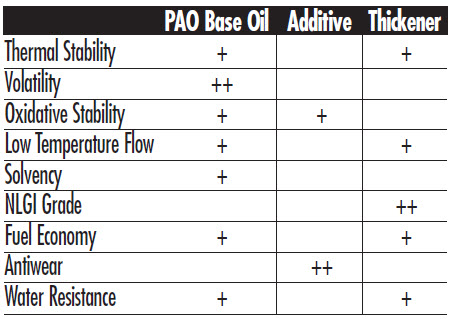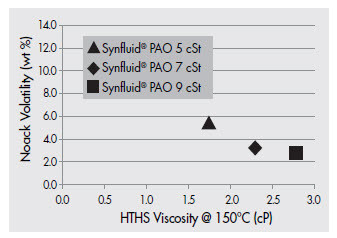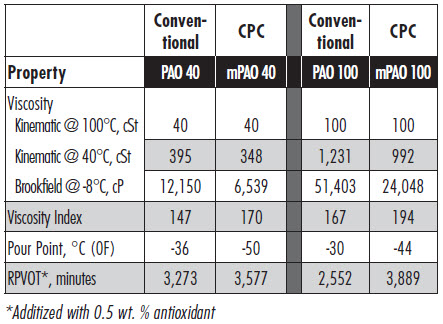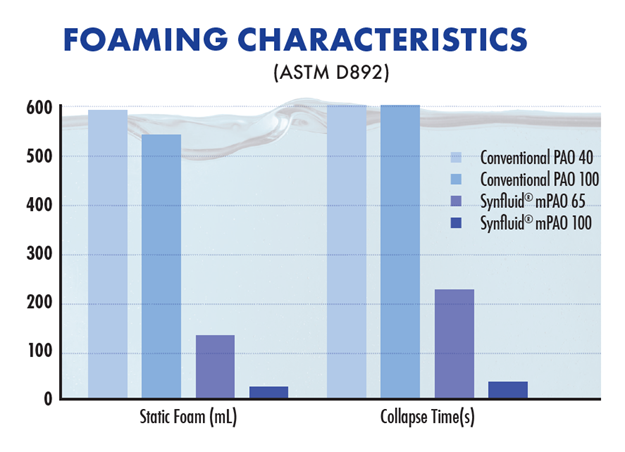Synfluid® PAOs are qualified as technical white oils (per 21 CFR 178.3620(b)(1)) due to their clear, bright color and exceptional UV properties. Technical White Oils are approved for incidental food contact at USDA-approved meat and poultry plants. PAOs are considered a very pure substance since they are derived from petrochemically pure ethylene and then from 1-decene or 1-dodecene, which could be considered a further purification step. Synfluid PAOs also have a very high degree of saturation, which in lubricants provides oxidative stability. For white oil applications, this high saturation level would give a greater degree of chemical inertness.
The chart below shows the gas chromatogram of PAO versus white mineral oil, illustrating the relative enhanced purity of PAO. Since we use essentially pure 1-decene or 1-dodecene to produce Synfluid PAOs, there is a narrow isomeric distribution for each oligomer.
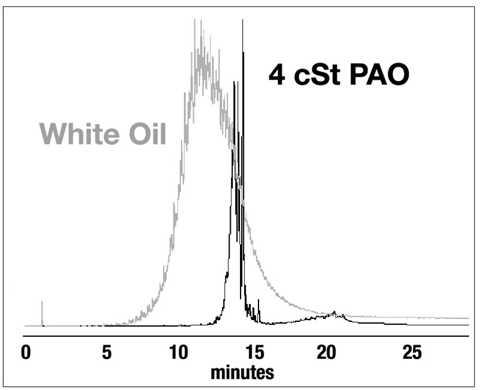
The mineral oil has both lighter and heavier molecular weight materials. The lighter components cause poorer volatility properties as well as lower flash and fire points. Heavier components adversely affect low-temperature performance and pour point.
So yes, PAOs can provide flexibility in your food-grade base oil selection, depending upon your performance requirements. Synfluid PAOs, in addition to NSF H1 qualification, are also available as kosher approved products.


